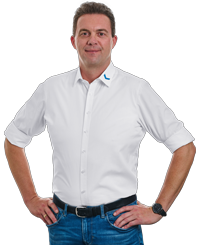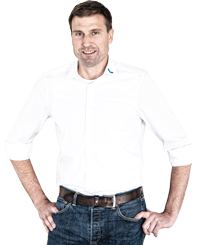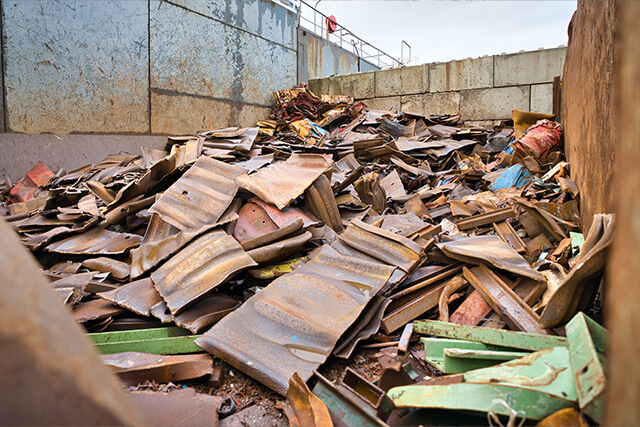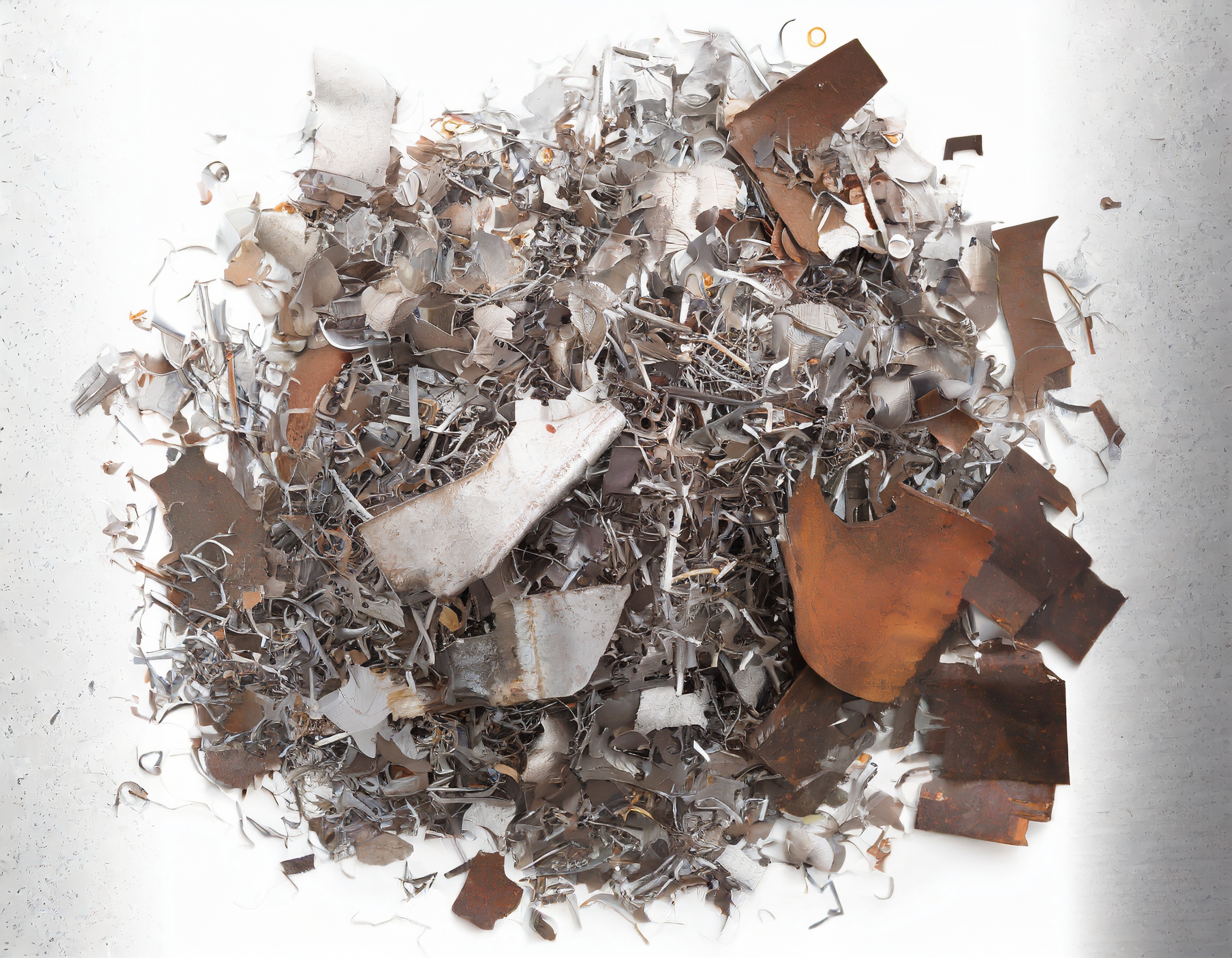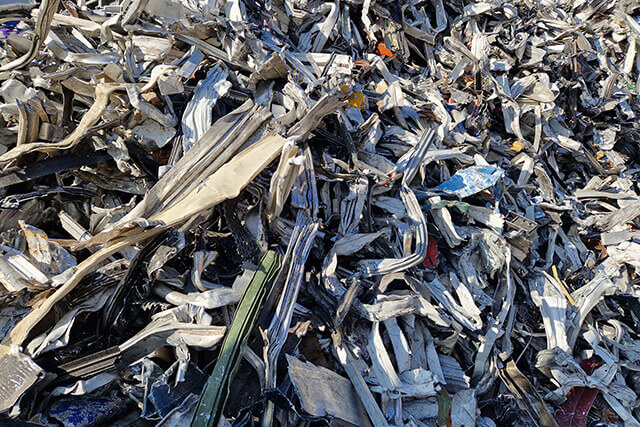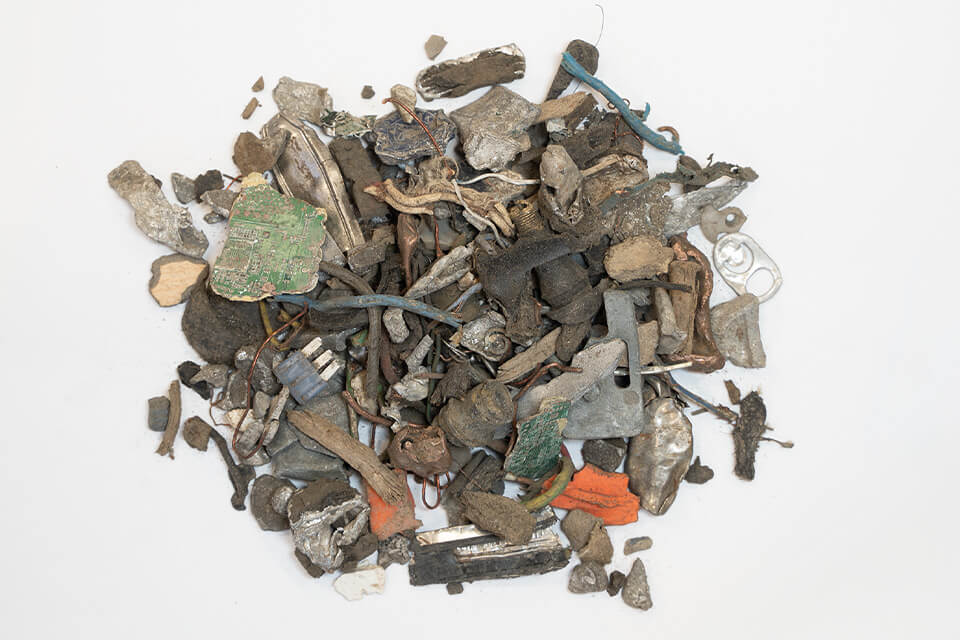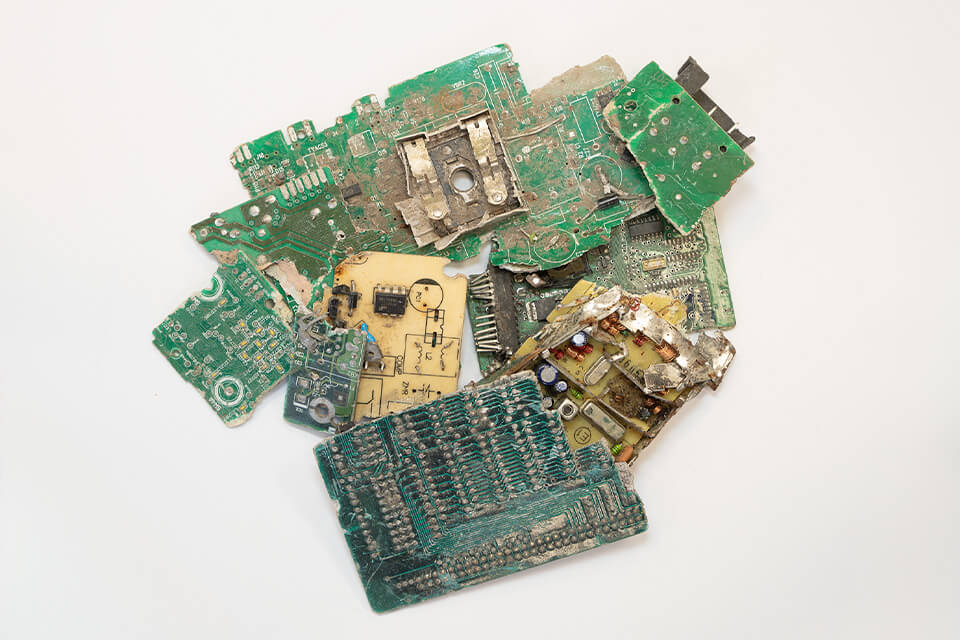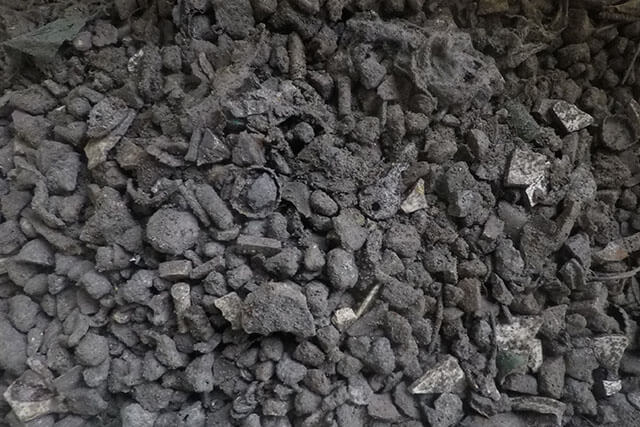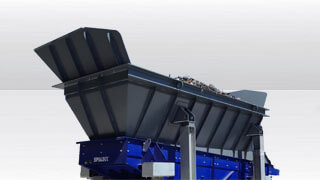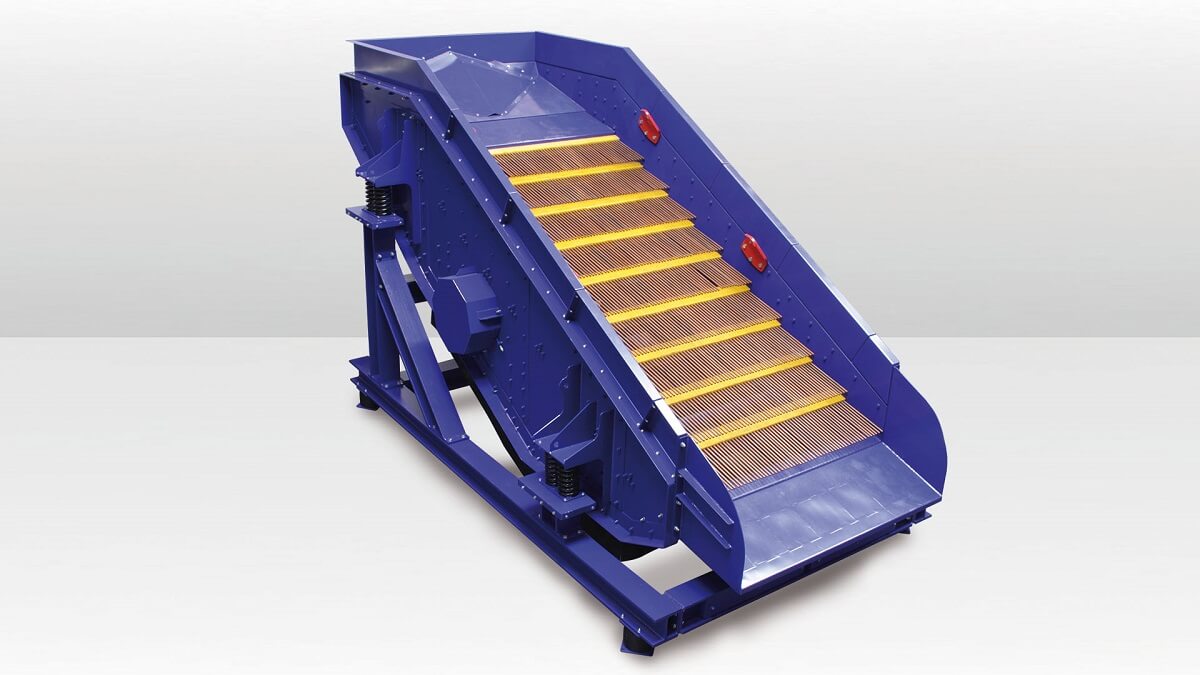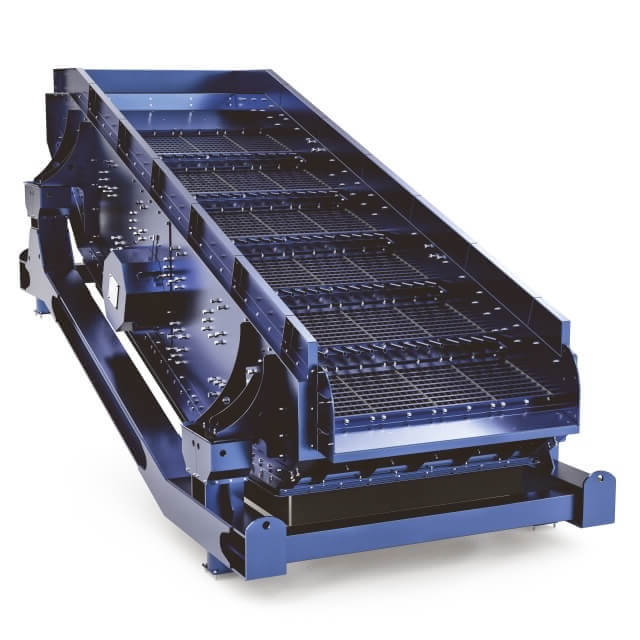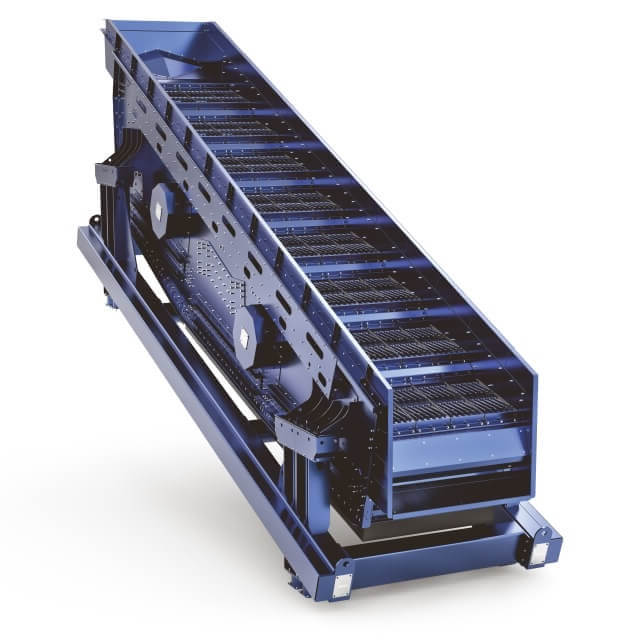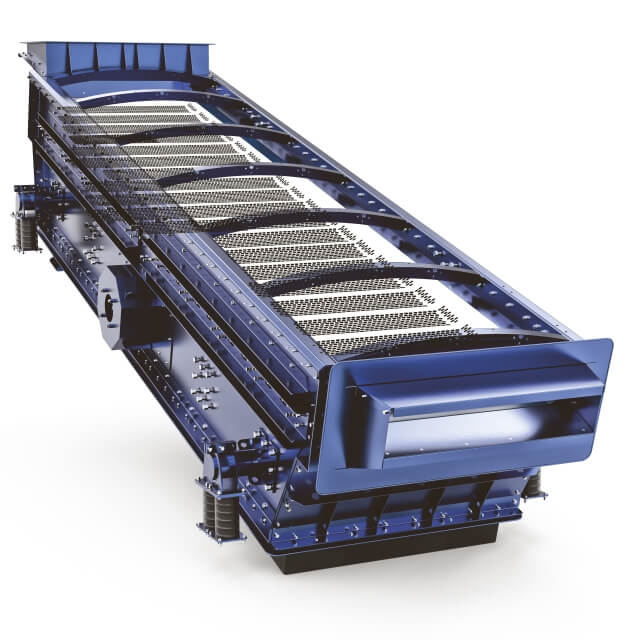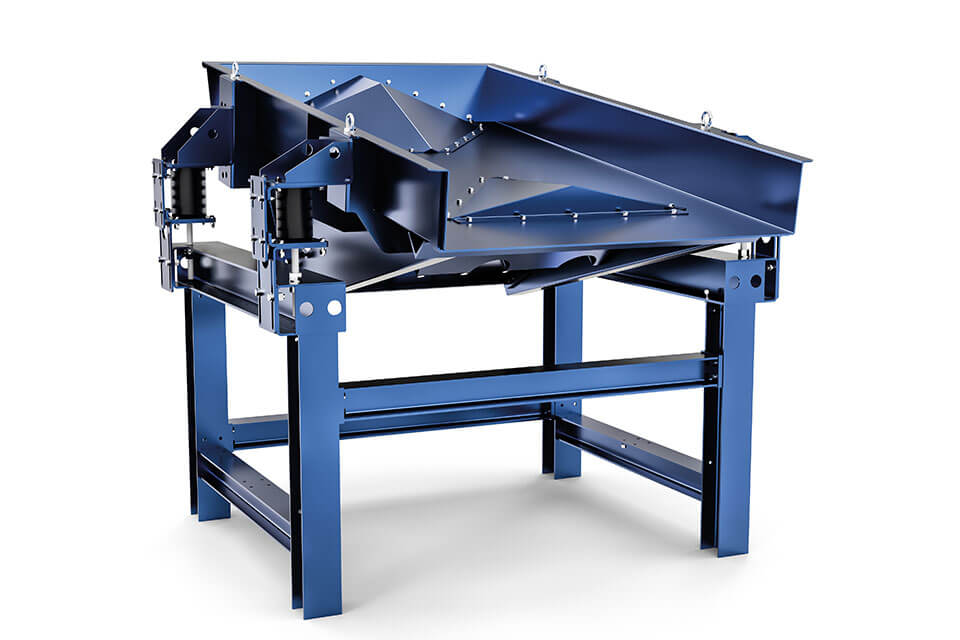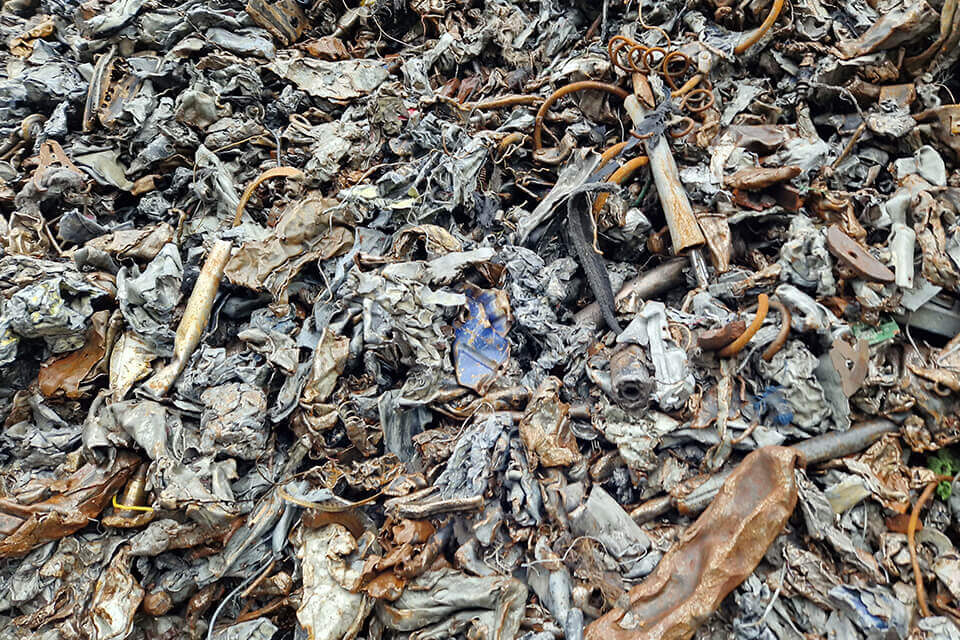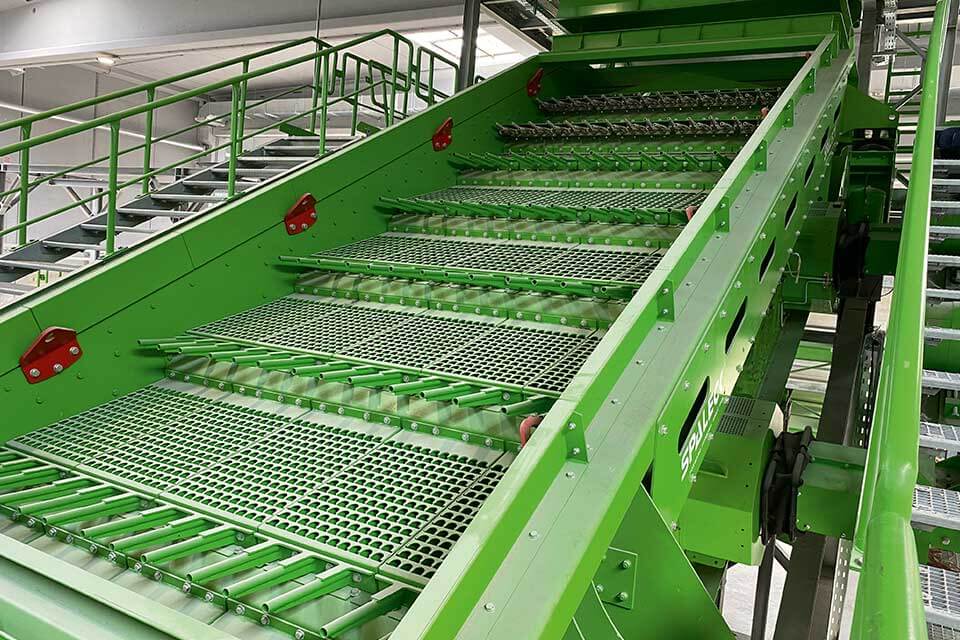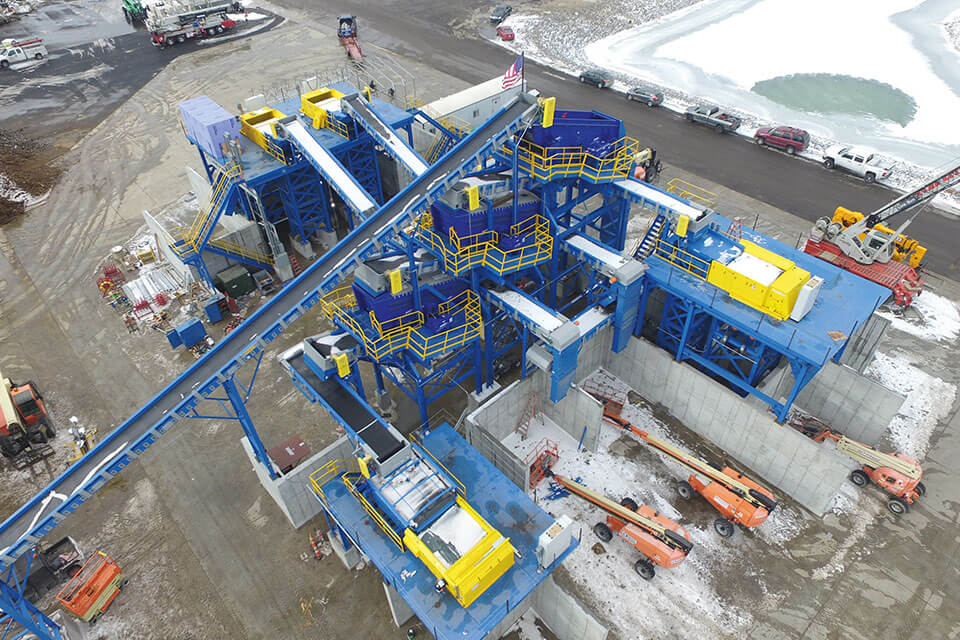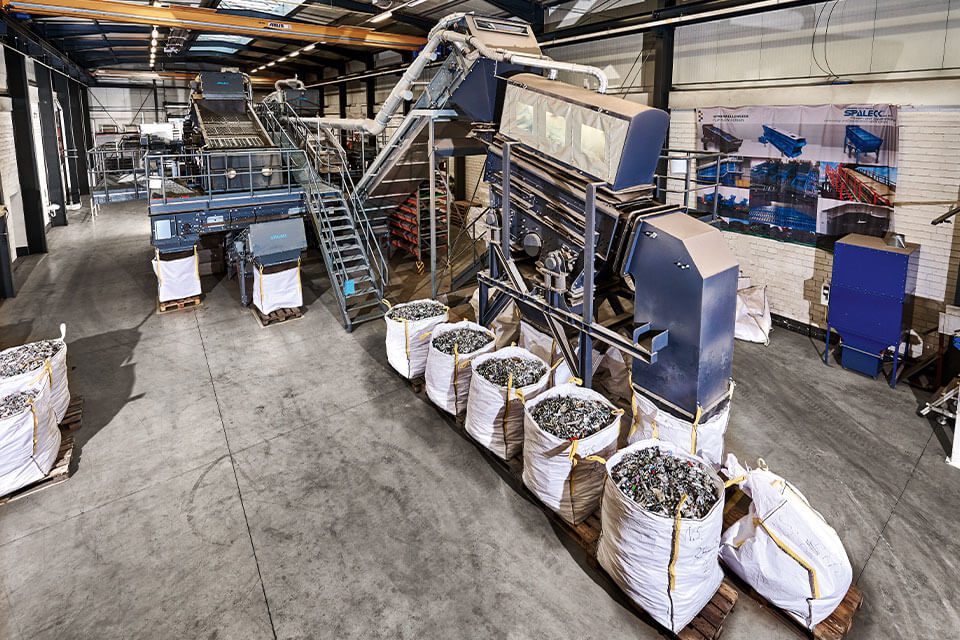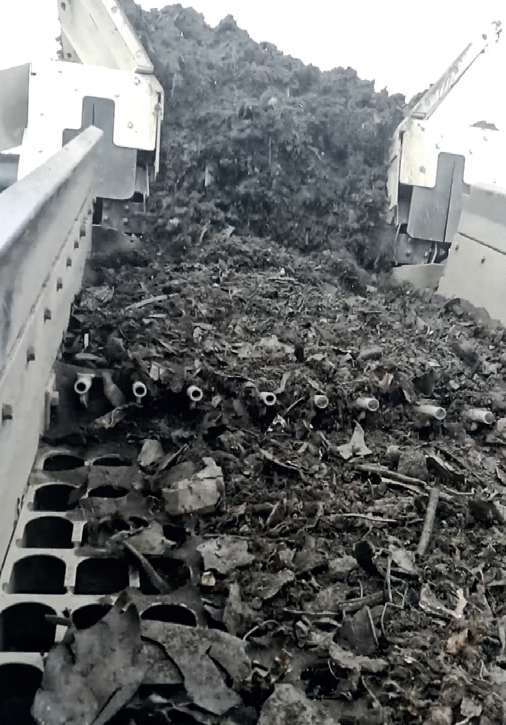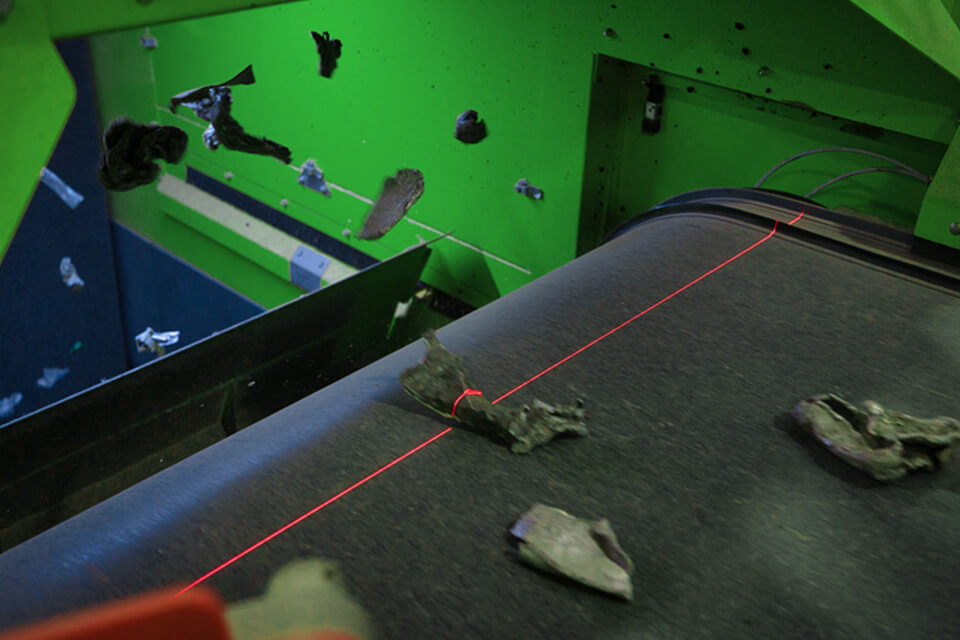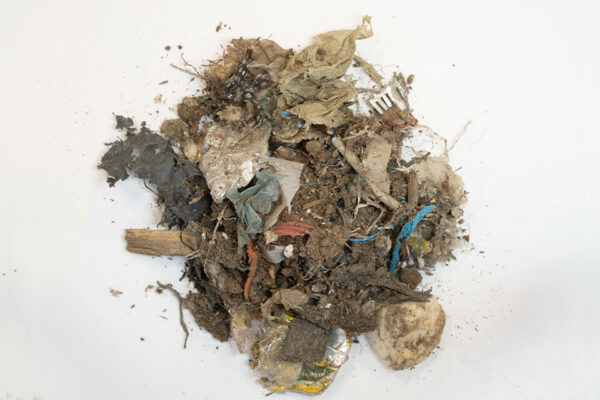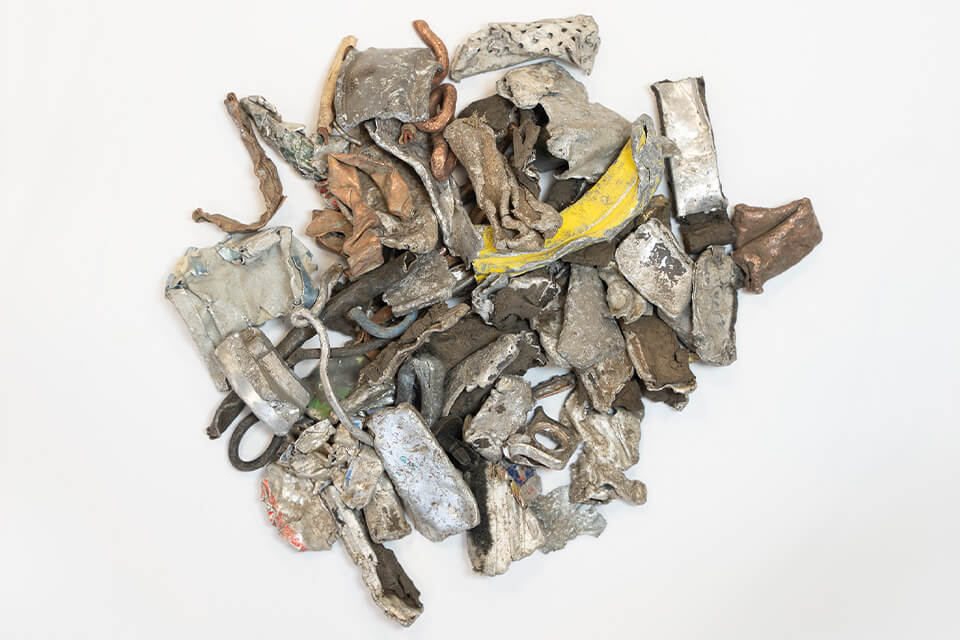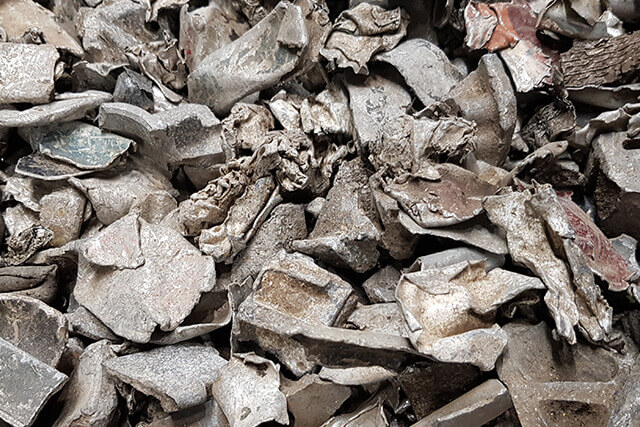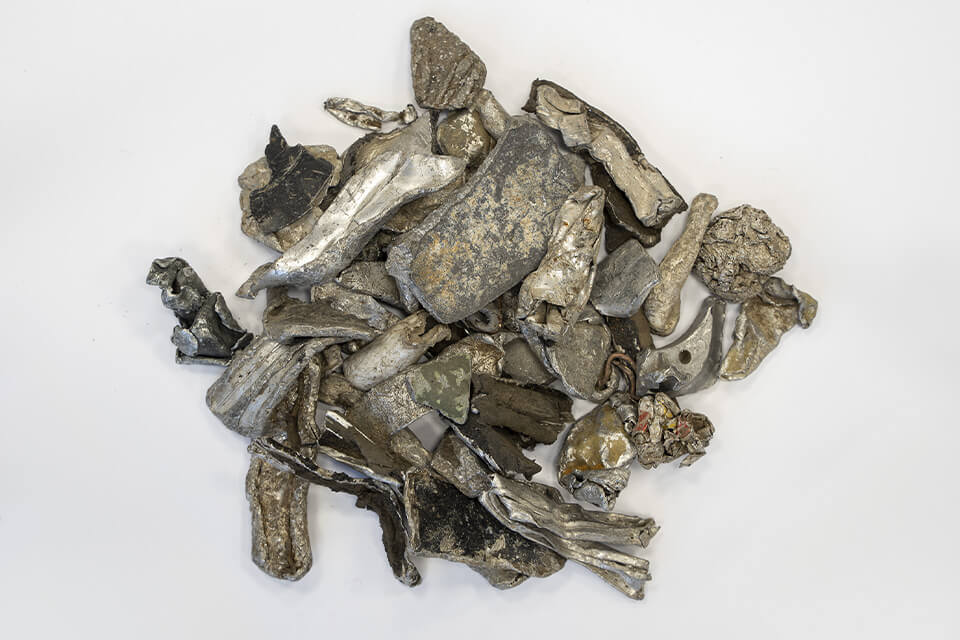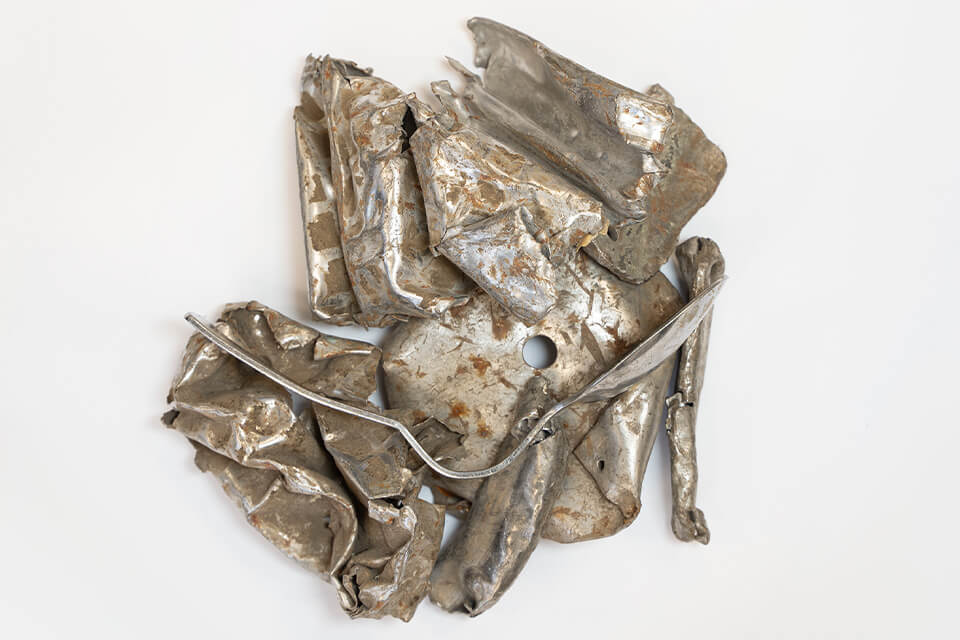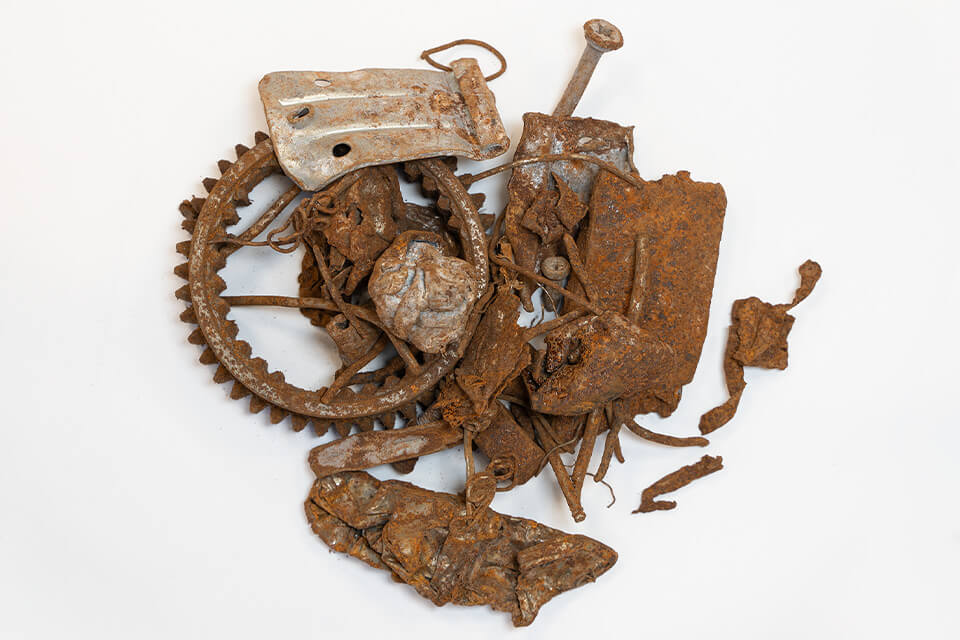Magnetic sorting
Magnetic sorting is used immediately after shredding to separate the iron content. A distinction is made between two principles: Lifting solenoids and overflowing solenoid systems.
The lifting magnets are mostly used to lift and recover larger ferrous, ferromagnetic parts from the material flow against the natural force of gravity. For this purpose, they are positioned in 1 or 2 stages as overbelt magnets above the conveyor belt that transports the shredder discharge. The magnetic drums of large shredders are now arranged in a 2-stage line to produce a high output with high purity.
The different designs and types of magnets require an efficient supply of material with a good grain size so that the FE can be separated successfully. SPALECK guarantees optimum distribution in the feed area and a high quality of the appropriate grain size so that the magnets are effective.
The overbelt magnet has the advantage that it produces a high degree of purity of ferrous material. This is because the extraction principle ensures that, as far as possible, only the Fe content is separated. The lifting magnet can be a permanent magnet or an electromagnet. In both cases, the excavated material is usually discharged by means of a circulating belt on the magnet.
Alternatively, a magnetic drum can also be used as a lifting magnet. These lift the material out of the flow and transport it upwards with the rotary movement of the drum, where it is discharged in the non-magentic area of the drum.
The aim in each case is both iron separation and physical protection of the downstream sensor sorting technology.
Overflowing magnetic systems, so-called overband magnetic separators, are usually self-cleaning systems. They are used in particular to separate the fines of ferrous material from the conveying stream after shredding.
Typical designs are magnetic tape rolls or magnetic drums. Both systems are available as permanent magnet or electromagnet versions with different field strengths and designs. Overflowing magnets work in contact with the material. The magnetic material is guided over the belt or drum.
The fixed magnet system ensures that the ferromagnetic material adheres to the belt of the magnetic belt roller separator or the belt drum and is transported away. It remains on the magnet until it reaches the circulating end of the magnetic field. The magnetic field generally extends from the upper apex to the lower apex. Depending on the strength and properties of the magnet (e.g. neodymium permanent magnets or the strength of the electromagnet), weakly magnetic or very small magnetic components can also be separated from the shredded material. For example, impure iron fractions (FE dirt) can also be specifically separated.
The non-magnetic material, on the other hand, is ejected at the upper apex by the forward movement of the belt/drum. The aim is to remove ferrous and ferrous composites from the undersize grain in particular. This protects the downstream sorting technology from increased wear and mechanical damage caused by heavy parts or oversized particles and increases the yield in metal recycling.
Combination of lifting and overflowing magnets
In practice, a combination of both principles is often used in metal recycling. This combines the high degree of purity of the excavating method with the principle of overflow magnet sorting, which focuses on high throughput rates.
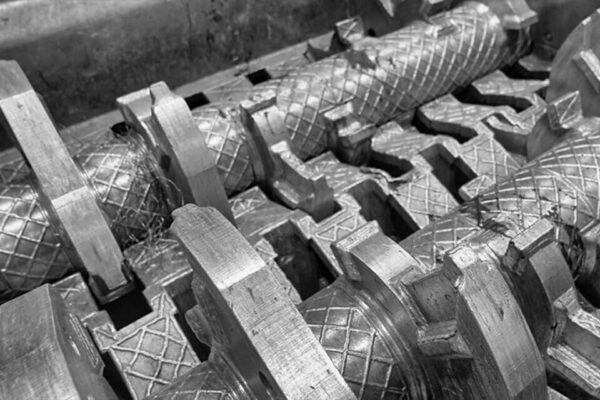
 USA
USA
